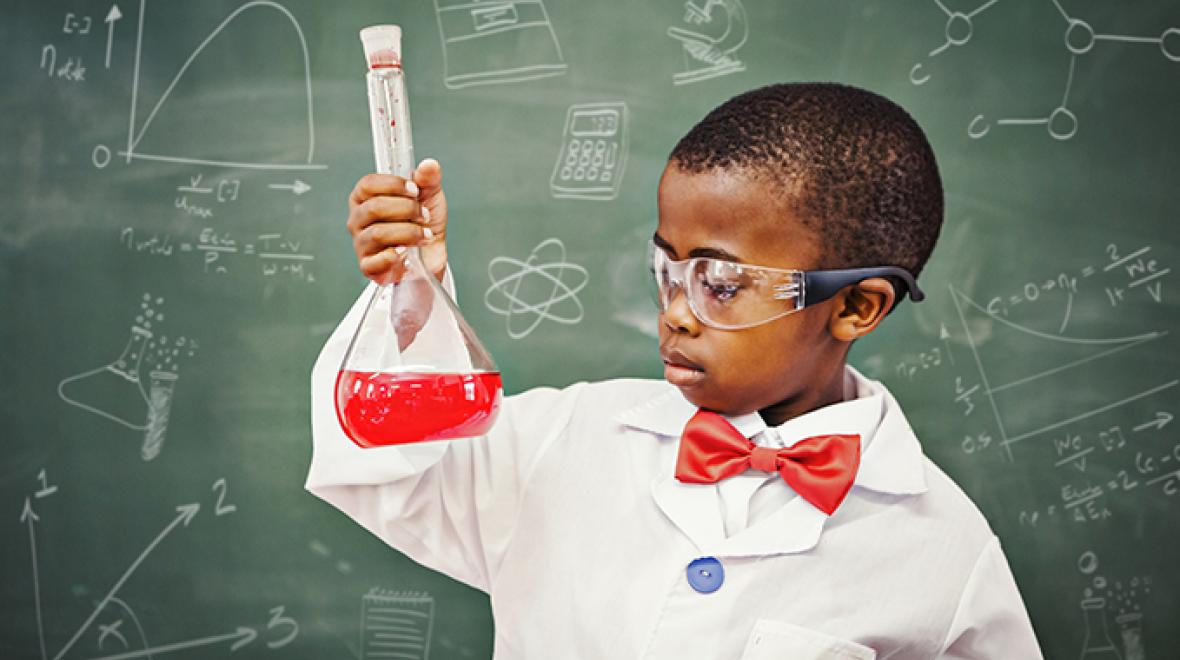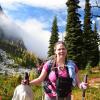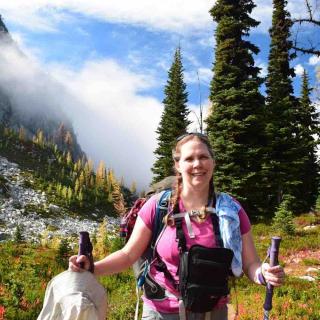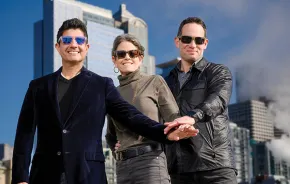
Imagine a room full of junior tinkering: children designing, building, collaborating, experimenting, failing and trying again. Maker spaces that facilitate just this type of learning are surging in popularity in after-school programs around the country ― an integral part of the exploding “maker movement.”
University of Washington College of Education senior research scientist Bronwyn Bevan is studying how after-school maker programs affect children during the school day, and how such programs can affect life-long learning. She’s particularly interested in communities of minority children and marginalized populations, and in connecting researchers with educators to collaborate. Hear more from Bevan.
What exactly are you studying?
I’m looking specifically at out-of-school-time learning, but including the way that it connects with school and a person’s life-long learning trajectory, so I look at it as this whole system. I look mostly at STEM (science, technology, engineering and math) learning, but also learning in and through the arts, and the intersection of science and art.
What have you uncovered?
All of the research on learning that we have really points to the idea that the match between STEM and the after-school setting is really very powerful. We know that learning happens across time and setting, so it’s not just something that happens in school. We know that people learn science best by actually doing science. When learning involves a 21st-century skill like collaboration, teamwork, problem solving or communication, that leads to deeper learning.
So the after-school setting is this place where kids can really roll up their sleeves and really dive into work directly in a hands-on way with each other to explore the natural world, scientific concepts and phenomena [and] materials. And because there are fewer high-stakes demands after school, there’s more time and more room for kids to really explore and learn in their own self-directed, learner-centered way.
What differences do you see between programs for lower-income or marginalized students versus higher-income students?
One is that schools serving lower-income populations often have fewer material resources for kids to do hands-on science. The teachers in those schools are often not prepared in that field, so students from low-income communities are [less likely to have] robust science programs in their schools. So after-school [programs], which can enhance all kids’ learning, become even more of a resource to schools and low-income communities.
A lot of us grew up with science that was just memorizing. But there are many programs, especially in after-school, where kids are exploring local environmental conditions.
Fundamentally many students from communities underrepresented in STEM fields are essentially receiving messages from the culture at large and often times from schools when those schools are under review and have strict mandates to get kids ready for tests. There’s very little room for being wrong in those settings. If you’re wrong, you’re failing. And kids get very negative messages about taking creative and intellectual risks because they can be not celebrated for that.
The maker movement is really predicated on intellectual risk-taking. Because you’re trying things out that you don’t know if and how they’ll work, and it’s through the process of working through those moments that, first of all, you feel such an incredible sense of accomplishment and pride, and secondly, learn, because learning happens on the edge of your understanding, not based on what you know, but based on what you don’t know.
What are some of the things parents should know about the current research, about the current understanding of the importance of STEM education or after-school learning?
Skills that have traditionally fallen into the STEM bucket are going to be much more a part of everyday milieu. We all use our computers at home; you need to understand different dimensions of representing data, or different dimensions of how to use technology to engage in communicating or publicizing any kind of work that you may be doing. The skills of STEM, asking questions, making sense of the world around you … are really crucial building blocks for just so many things these days. And that’s also about not pigeon-holing kids.
The second thing is that STEM can really be embedded in really creative and socially meaningful activities. A lot of us grew up with science that was just memorizing. But there are many programs, especially in after-school, where kids are exploring local environmental conditions.
There’s an example of a program in Michigan at a Boys and Girls Club that is run by a researcher and a colleague of mine named Angela Calabrese Barton. Kids who weren’t interested at all in science but who were interested in social activism got involved in this program because they investigated why in this low-income community the patterns of health problems were different than in other communities. And they ended up doing the research, gathering the data, interviewing people in the community and then coming up with their conclusions and getting an appointment at the Town Hall, and sharing their results with the Town Council.
That program was able to appeal to some kids who might be interested in environment, some kids who were interested in health, some kids who were interested in activism, kids who were maybe interested in drawing and representing data. Science, especially in the after-school, can look much different; it can be much more closely related to the way it happens in the world.











